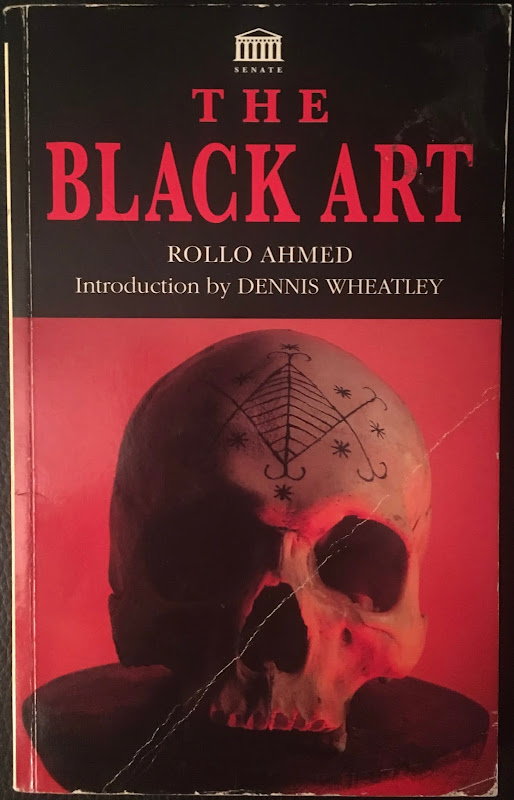William Peter Blatty: The Exorcist
The Exorcist was undeniably a big part of popular culture in the 1970s, both the novel and the film, which were each written by William Peter Blatty. The novel, released in 1971, went through a multitude of printings and remains readily available today. The 1973 film version was followed by various knock-offs, some good, but more which were rather bad. The impact of The Exorcist carried on past the '70s, with references popping up in movies and TV shows and songs by bands, such as Possessed with its song, "The Exorcist", from the 1985 album, Seven Churches. The film has had two sequels and two prequels, plus a television series more recently. Blatty also wrote a sequel novel, Legion, and ended up directing the film version as Exorcist III.
 |
| Paperback edition of the novel, from around the time of the film's release |
For anybody who is not already aware, The Exorcist tells the story of a young girl who seems to be possessed. After exhausting all the traditional avenues, the girl's mother seeks out a priest to perform an exorcism to save her daughter. To a certain extent, the novel and the movie could be viewed as Catholic propaganda, although in the case of the movie, I believe the director, William Friedkin, was really just trying to make an enjoyable and exciting movie.
 |
| Blu-ray edition of the film, featuring two different versions |
Possession features in religion a good bit, but it is not always viewed as a bad thing. For instance, in the various traditions related to vodun generally involve possession during rituals, something which participants invite. Of course, the possession in The Exorcist is demonic possession, which is more of an invasion, not something invited by the host. Apparently, with the popularity of the film when it came out, there was something of a flood of exorcisms and people believing they were possessed. Some of these people were probably just after attention, while others likely had some serious mental illness, which might have gone untreated. The result of these exorcisms, so the story goes, is that some people were injured or killed in the process. If you ever see footage of a "real" exorcism, it is rather unimpressive. It is pretty much just some people saying "In the name of Jesus Christ" and praying, etc. while some other person growls and uses whatever "vile obscenities" he or she can conceive. The participants will talk about the superhuman strength the possessed person exhibits, which apparently is strong enough to do amazing things such as hurling a pillow across a room. Sarcasm aside, these performances are rather absurd to watch.
 |
| Pazuzu, the entity behind the possession |
Regardless, I do find The Exorcist, both the novel and the film, to be a thoroughly enjoyable story. I believe that this is why the book and film found such success. Of course, there is also an element of timing, as in the late '60s and throughout the '70s, there was a resurgence of interest in the occult and the supernatural.
 |
| A book mentioned in the novel, used by Karras as research |
Now, it would a bit silly to discuss The Exorcist, the movie version anyway, and not discuss the music. Most famously, Mike Oldfield's "Tubular Bells (Part One)" was used in the film, which it has since become inseparable from, it seems. Oldfield's piece actually goes on for quite a bit longer than the portion used in the film, but the portion used is very effective. The rest of the music is likewise pulled from various sources, although initially Lalo Schifrin was brought in to score the film. It all seems a bit of a mess behind the scenes, but the end result works and that, I suppose, is what really counts.
Unlike the original film, the follow-ups are just disasters, for the most part, with the one exception being Exorcist III, based on Blatty's own sequel novel. I will discuss that one at some other time. In the meantime, if you have not seen The Exorcist, go check it out and if you never bothered to read the book, read it. It is all a bit superstitious, perhaps, but it is still a good tale.



Comments
Post a Comment